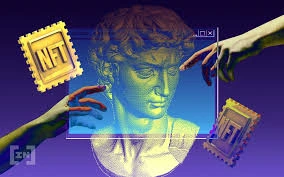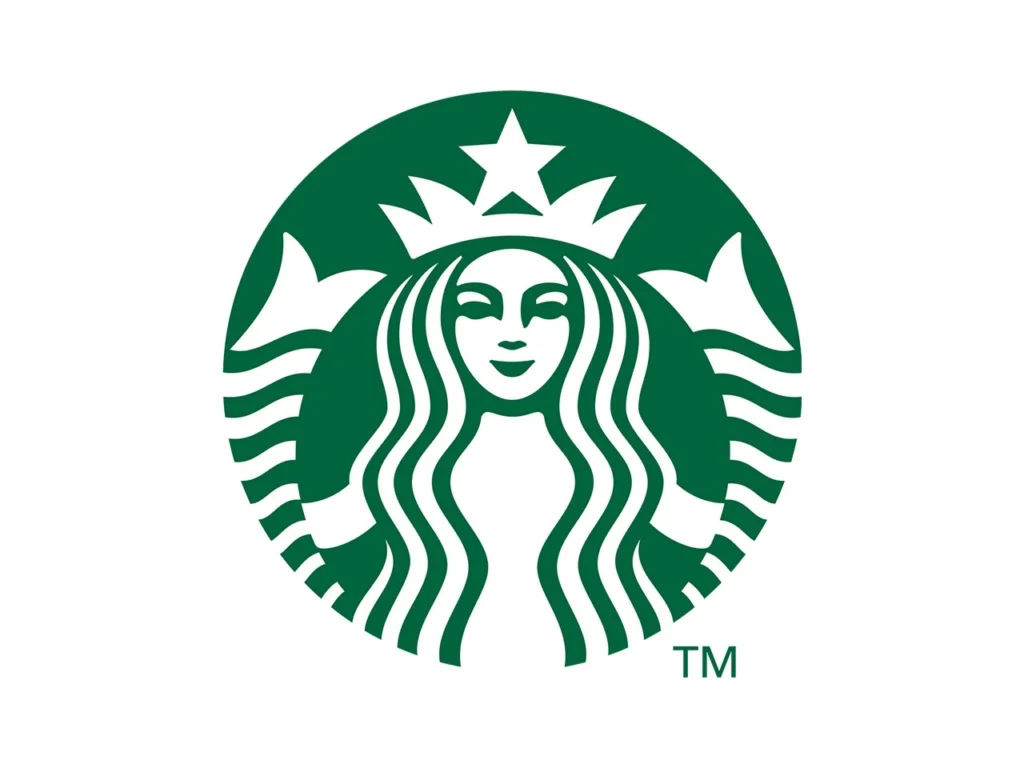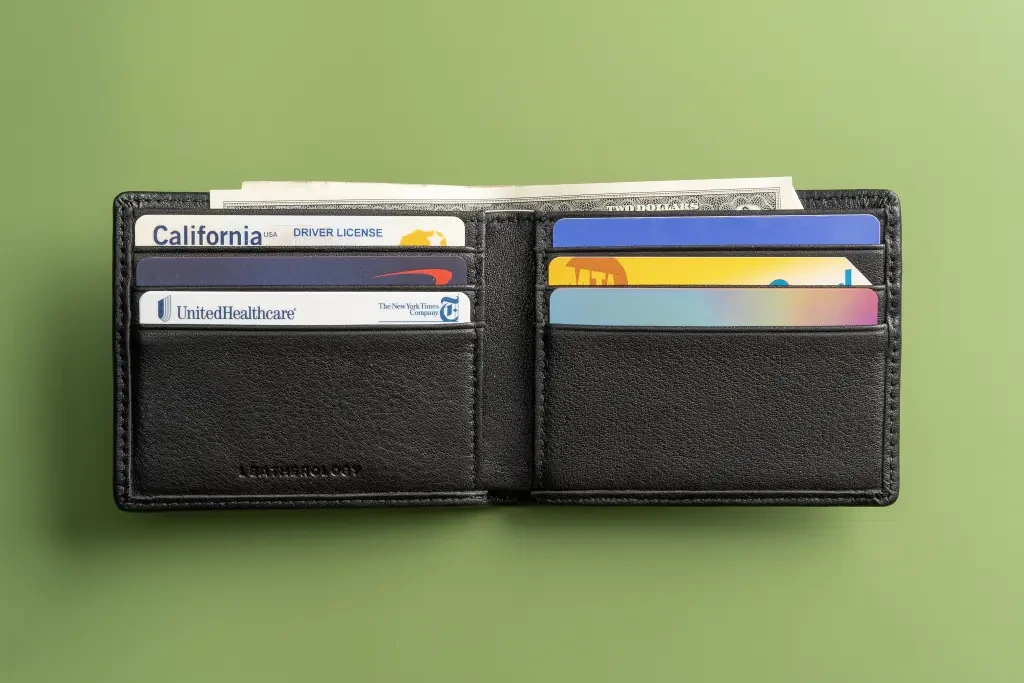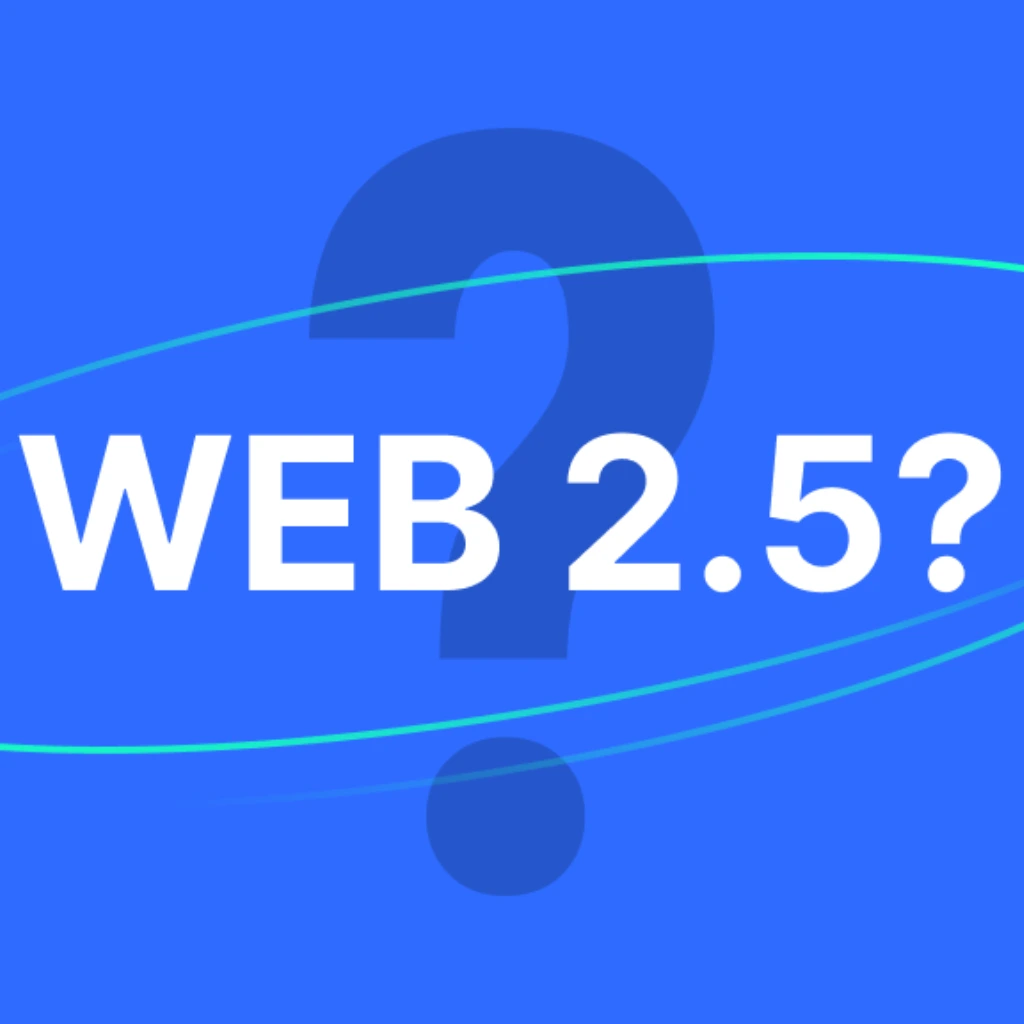From Web2 to Web3: How the Web2.5 Transition Is Actually Happening
Let’s be real—Web3 still feels like a futuristic buzzword. Blockchain, decentralization, NFTs… it’s a lot to take in. But here’s the kicker: we’re already on the bridge from Web2 to Web3. That in-between zone? It’s what people call the Web2.5 transition.
So what’s working? What’s clunky? Here’s a breakdown of the pros and cons of this new internet chapter.


What Is the Web2.5 Transition?
Web2.5 isn’t an official upgrade. It’s internet slang for where we’re at right now—a middle ground where you still log in with your email, but some of your stuff lives on the blockchain.
Maybe your favorite brand gives you token rewards. Maybe your digital art comes with verifiable ownership. You don’t have to understand crypto to be part of it. That’s Web2.5.


Pros of the Web2.5 Transition
Familiar Interfaces + New Possibilities
You don’t need to learn a whole new system. Web2.5 lets people use apps they already know while introducing subtle Web3 elements like wallets, tokens, and ownership.
Real Ownership
Digital stuff now comes with receipts—on-chain ones. Whether it’s a game item or a music collectible, users can finally own their assets.
Lower Barrier for Entry
No need for complicated setups. Platforms like Reddit and Starbucks use blockchain quietly in the background. You might not even realize you’re using Web2.5—and that’s kind of the point.
Safe for Brands to Experiment
Businesses get to dip their toes into Web3 tech without freaking people out. Token-based loyalty, community perks, and creator rewards all fit into this “halfway” approach.


Cons of the Web2.5 Transition
UX Is Still Clunky
Wallets can be confusing. Onboarding isn’t always smooth. Web2.5 wants to be easy—but it’s not always there yet.
Trust Issues Still Linger
Web3 has a PR problem, thanks to scams and crypto crashes. Web2.5 inherits some of that baggage.
It’s Still Centralized—Sometimes
Web2.5 might feel decentralized, but many projects are still owned and operated by companies. The dream of full control? Not quite here yet.
Messaging Is All Over the Place
“Web2.5” doesn’t explain itself well. Is it Web3-lite? Web2 with blockchain sprinkles? It needs better branding and clearer purpose.


Why the Web2.5 Transition Still Matters
Web2.5 matters because it’s approachable. It brings people along for the ride without demanding they know what a smart contract is. It’s already being used in apps you love—whether or not you call it Web2.5.
It’s not hype. It’s not theory. It’s happening in real-time.
Final Thoughts: Should You Care?
Short answer: Yes—but only as much as you want to. The Web2.5 transition is where real innovation meets everyday usability. You don’t have to be all-in. Just be curious.
Try a Web2.5 app. Maybe even poke around a wallet setup. Or don’t.
Because this transition? It’s not on the horizon.
It’s already here.
Relevant Link : Here



